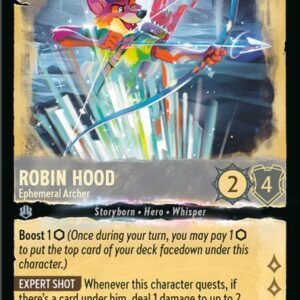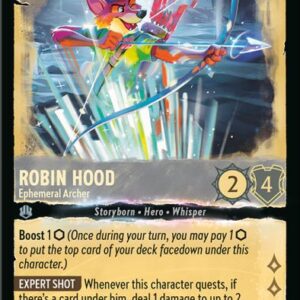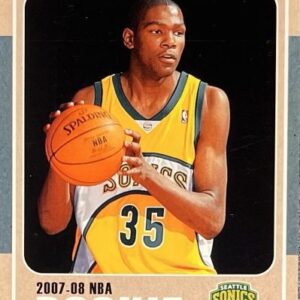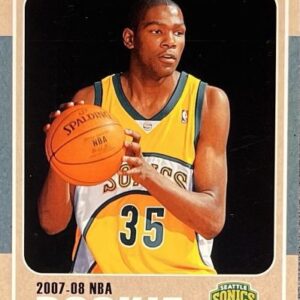In the realm of Magic: The Gathering, the announcement of a Spider-Man-themed set without preconstructed Commander decks had initially left many players sighing in disappointment. The clamor for these ready-to-play Commander decks didn’t subsist until the introduction of a character that flipped the script entirely: Spider-Punk. This unexpected entrant into the MTG universe has fueled spirited discussions among Commander aficionados who are pondering whether this obscure yet intriguing hero might revolutionize how their favorite format is played.
At first glance, Spider-Punk comes off as an unassuming card with a modest mana cost of two. His Riot ability provides him the option of either haste or a bolstering +1/+1 counter. But seasoned players will recognize that these are just the party favors. The real fireworks start when he lands on the battlefield and declares, much like his punky personality, that it’s time to rip up the rulebook. Once Spider-Punk makes his presence known, no spells or abilities can be countered, a bold decree that extends to every corner of the table. Furthermore, the damage prevention fails to work as expected, rendering stalwart spells like Counterspell, Teferi’s Protection, or The One Ring suddenly impotent. For many enthusiasts of the red deck, Spider-Punk represents long-awaited disruption that leverages chaos advantageously.
However, therein lies a dilemma that slashes the community in twain. With Spider-Punk, you can carve a path for your victory on your turn, secure in the knowledge that opponents’ obstructive tricks can’t slip your net. But pass the turn, and your opponents, by rule of the punk, gain the identical advantage. A rival endowed with instant-speed threats now roams unrestrained, ready to take advantage of Spider-Punk’s law as soon as your window closes. Furthermore, Spider-Punk’s relatively modest stature means that unless protected or supported, he’s vulnerable, highly susceptible to a well-timed removal spell before you can exploit his ability fully.
Despite these risks, the eagerness to get hands on Spider-Punk is undeniable. Card vendors are basking in the glow of demand. Regular editions of Spider-Punk are already pre-selling in the lower twenty-dollar range. For those seeking a touch of extra flair, foil versions are flirting with the sixty-dollar mark, while the special borderless editions see frenzied trading between forty-eight and fifty-five dollars – a testament to the intrigue and potential players see in Spider-Punk.
Beyond Spider-Punk, the Spider-Man set is hurriedly being decked out with other notable mentions – each adding its distinct lyrical spin to the game’s ever-growing symphony. The Soul Stone is notably garnering whispers of hushed excitement; an indestructible mana rock cloaking an equally indomitable power of reanimation. This hefty artifact could dominate tables not just by sustaining mana needs but reviving fallen allies to maintain relentless pressure in battle.
Elsewhere, Doctor Octopus peers from the periphery, a potential Commander sinking envious eyes upon Villain tribal enthusiasts as he maneuvers to introduce minty card-draw mechanics – a perfect ploy for those who opt to crown the classic Villain commanders rather than heroes. And lest we neglect the Green Goblin whose introduction of Mayhem, a delightful new discard-focused ability, turns cards cast aside into live grenades whizzing back into play – delightfully dreadful for adversaries who over-rely on their hand.
The kaleidoscope of strategic possibilities bursting forth with this set serpents enough intrigue to echo within the hallowed halls of Magic’s storied community for years. Spider-Punk’s presence alone injects a level of unpredictability so emblematic of his punk ethos that it’s bound to sculpt a new contour within Commander strategy discussions, especially fostering risk and reward scenarios in equal measure.
As the set hits wallets and sleeves alike, the MTG community prepares for a paradigm shift, where heroes and villains contend for a fresh dawn. The Spider-Punk card underscores how a single character’s inclusion in a foundational set can traverse the intrepid gulf between delight and danger, a legacy that, much like punk itself, could very passionately persevere.
In many ways, the charm of Spider-Punk and his comrades is that they embody the ethos of their comic book inspirations: challenging conventions, subverting expectations, and holding aloft a promise that in the realm of Magic, the only certainty is change.






